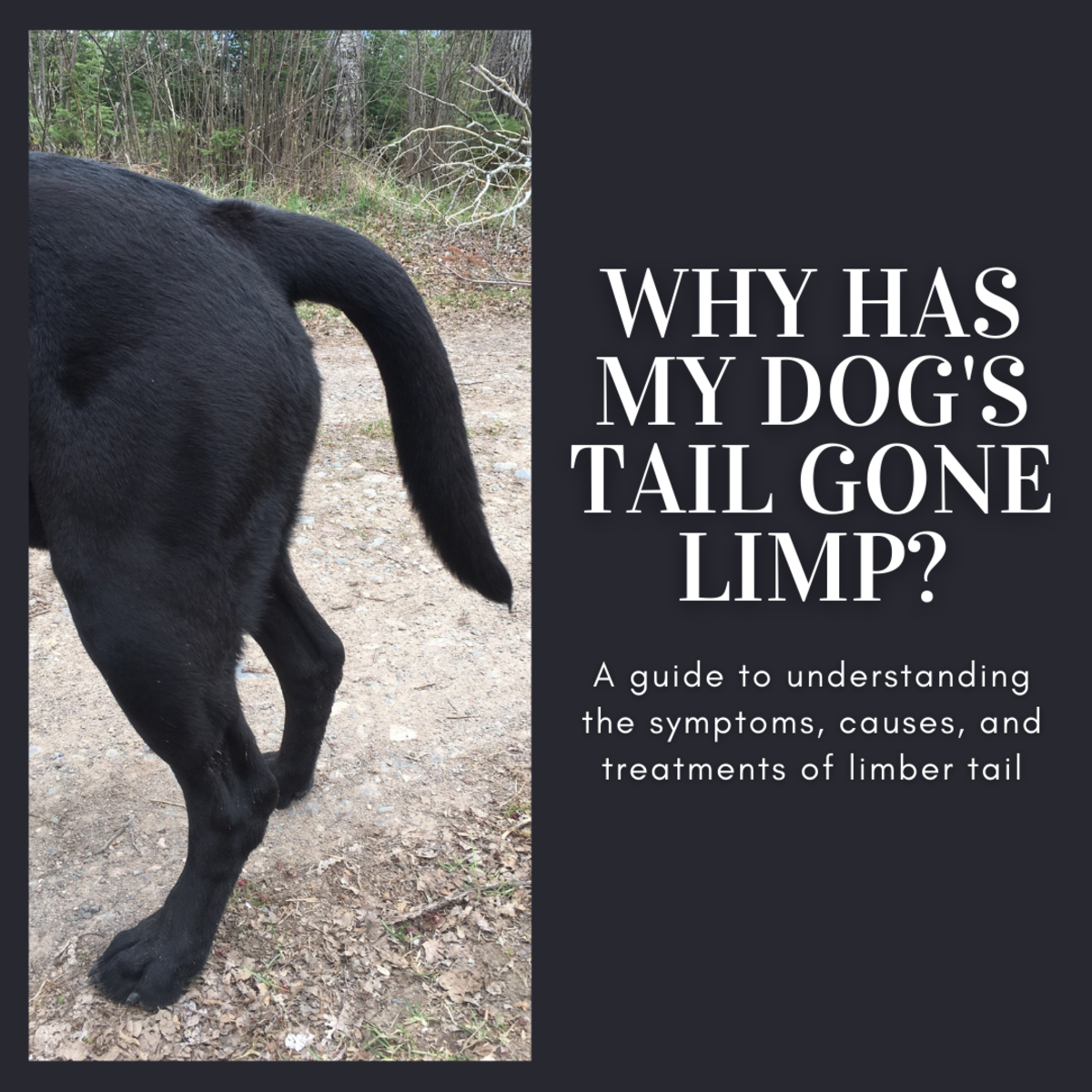Congenital Portosystemic Shunt In Dogs
In the normal dog, blood draining the intestines (portal venous blood) enters the liver before entering the systemic circulation. In dogs affected with a congenital portosystemic shunt (PSS), the portal venous blood bypasses the liver and directly empties into the systemic circulation . A PSS may arise from any part of the portal venous system, and typically empties into the caudal vena cava. Why these shunts occur remains unknown. Congenital PSS has not been shown to be hereditary, although more than one puppy in a litter may be affected. Many dogs with congenital PSS are also cryptorchid.
What happens when a dog has a PSS? Portal venous blood drains the intestines and contains toxins, nutrients, intestinal and pancreatic hormones and bacteria. When this blood bypasses the liver, the liver does not develop normally, and remains small in size. Toxic substances are subsequently not metabolized in the liver and reach the systemic circulation, leading to clinical signs. PSS is most commonly diagnosed in dogs less than 1 year of age. Central nervous system (CNS) signs are the most common, and is termed hepatic encephalopathy since the CNS signs are related to the liver dysfunction. CNS signs range from depression and lethargy to seizures. Signs are typically intermittent and progressive, and may be related to food or medication ingestion. Dogs with PSS are often thin and small for their age and breed. Some dogs with PSS have signs of urinary tract disease. Crystals in the urine may occur, and are most commonly ammonium biurate. Ammonia absorbed from the gut is normally converted to urea by the liver. In PSS, this conversion does not occur, leading to increased ammonia in the blood and increased ammonia excretion in the kidney. The increased concentration of ammonia in the kidney leads to the formation of ammonium biurate crystals.
Diagnosis is tentatively based on history and clinical signs. Special tests which may be performed in addition to a serum biochemistry profile are determination of serum bile acids or ammonia levels, abdominal radiographs or ultrasound, or a liver biopsy. PSS is usually managed medically until surgery can be performed. The most important aspect of medical therapy is the use of a high carbohydrate-low protein (but high quality) diet to reduce the dietary source of ammonia. Oral antibiotics are typically used to decrease intestinal bacteria that may also produce ammonia. A few animals have been managed medically for up to 4 years, but these animals have not functioned normally. Most dogs managed medically (without surgery) show a progressive worsening of clinical signs associated with the progression of liver failure, leading to death or euthanasia.
The goal of surgery is to occlude the shunt, allowing portal blood to go through the liver. Mortality during surgery may be as high as 21%. A Good prognosis is expected in dogs surviving the surgical procedure. The liver increases in size, and liver function tests approach normal. Clinical signs disappear if the PSS is totally ligated, but mild signs may persist if the shunt can be only partially corrected. Dogs diagnosed with PSS at an earlier age seem to do better after surgery than older dogs. The best prognosis is for young dogs in which the PSS can be totally ligated.








